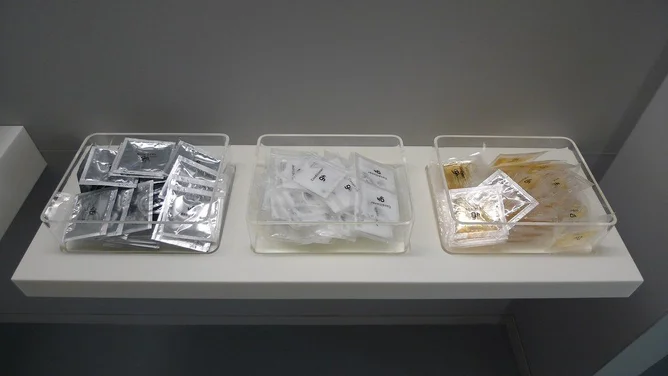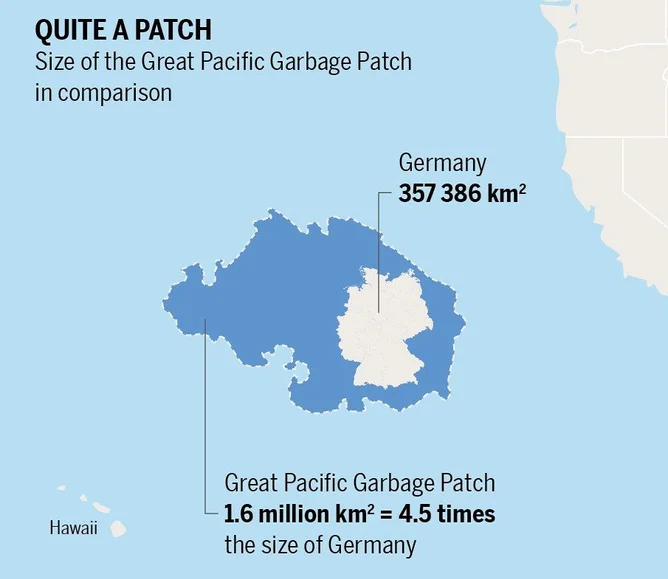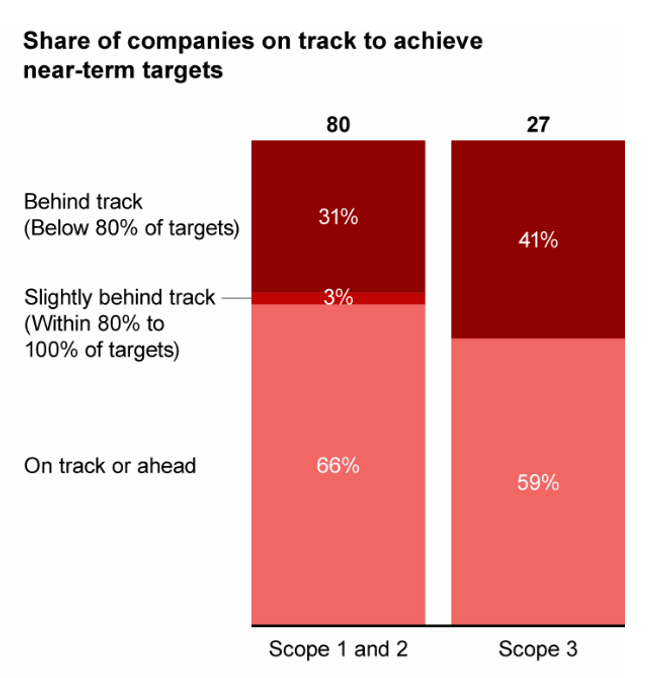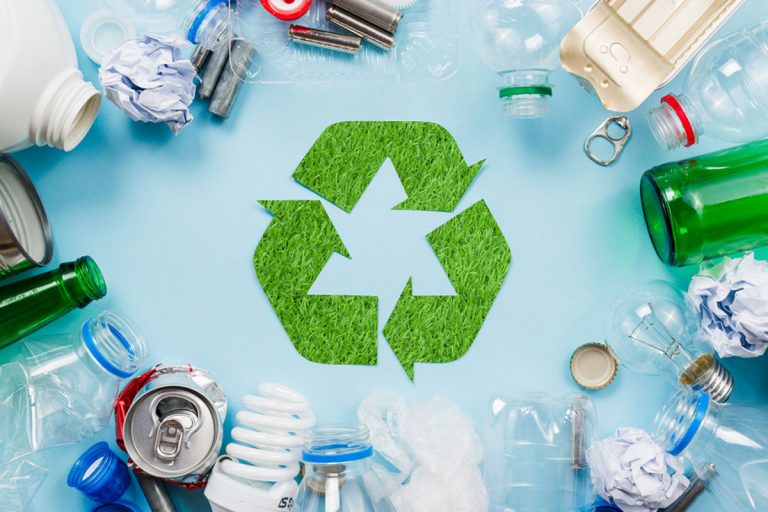Bain & Co.’s Paper and Packaging Report shows the huge financial potential of sustainable packaging – how are companies like Unilever grasping it?
The World Bank predicts that, without drastic actions, global waste will increase by 70% through 2050. Meanwhile, professionals in the packaging industry are expressing concerns about hitting their sustainability targets.
A recent study by sustainability consultancy Aura found that just 25% of packaging and retail industry professionals consider their strategy for sustainable packaging to be “robust and achievable”.
Regardless, the packaging industry has little choice but to embrace sustainability. In particular, plastic packaging is on the chopping block.

The state of play in packaging pollution
For decades, a global culture of disposable consumption has been broadly unregulated. Only 9% of the plastic produced globally is recycled.
What of the other 91%? Plastic is often either sent to landfills, burned in incinerators, or dumped in nature and each of these ‘solutions’, is in fact a big problem:
- Landfills are overflowing. So much so that some more economically developed countries opt to export a proportion of their waste to other nations, often for a large fee. This calcifies an “out of sight, out of mind” philosophy that allows governments to shirk accountability for their waste.
- Plastics are chemical composites of oils and gases. When they’re burned in incinerators, all the fossil fuels that comprise them are funnelled through chimney stacks and released into the Earth’s atmosphere, contributing heavily to climate change.
- A great deal of plastic finds its way into the Earth’s oceans, where it will remain for hundreds, if not thousands of years. Plastic is, of course, non-biodegradable, meaning that it cannot wear away like a natural material would. Scientists expect there to be more pieces of plastic than fish in the oceans by 2050 – a chilling thought.

The financial benefits of sustainable packaging
US-based consultancy firm Bain & Co.’s Paper & Packaging Report reveals that having a rigorous sustainability strategy can contribute between 4 to 6% to a company’s EBITDA through a combination of cost savings and revenue growth.
WHAT IS EBITDA?
EBITDA is a standard of measurement banks use to judge a business’ performance. It stands for “earnings before interest, taxes, depreciation, and amortisation”.
Executives at packaging companies understand this issue, but it is not just consciences that are being triggered by the global packaging problem.
Governments are beginning to regulate packaging companies based on pollution – and hard. On the other hand, new government incentives for sustainable packaging are being regularly established, including subsidies and favourable taxes.
Consumer-driven sustainable packaging
There is also a different kind of economic incentive driving the point – consumers are beginning to demand action from brands and companies are taking notice.
According to Bain & Co.’s study, 71% of European consumers express a desire to purchase sustainable products, while a similar percentage of American consumers prefer products with minimal packaging.
These figures demonstrate that product sustainability is a growing priority for shoppers. This suggests that companies producing more sustainable products at agreeable prices will win the custom of environmentally-minded consumers.
Supply chains are demanding sustainable packaging
The pressure for change is not solely government- or consumer-driven either, with Bain & Co. reporting that pressure is growing upstream in supply chains.
Consumer packaged goods (CPG) companies and retailers are demanding sustainable solutions from their packaging suppliers.
For the creators and retailers of products, packaging waste comprises a huge proportion of Scope 3 emissions. This means that packaging represents a huge opportunity for reductions in the lead up to net zero.
As in the consumer market, there is a lot of money to be made for packaging companies that can provide CPGs and retailers with the sustainable products they need to hit their targets.

The packaging industry’s response to demands for sustainability
In June 2024, the Consumer Goods Forum hosted its Global Summit in Chicago, bringing together leaders from across the industry.
CEOs from some of the world’s biggest polluters, such as Unilever, Coca-Cola and Walmart, were in attendance to discuss sustainability. In a panel discussion, Hein Schumacher, CEO of Unilever said:
“We recently realised that to make a much greater impact, we needed to focus on sustainability as a company a bit more. We’ve chosen a couple of areas that we can make a big impact in.
“So, focus. But actually, increase the speed of realising our goals. [That is] super important. And if you do both, you can have more systemic impact as well.”
Unilever is exploring sustainable packaging innovations such as refillable containers for products like deodorants and shampoos, though the company has a long way to go before achieving its sustainability targets. In fact, its targets on plastic reduction across its product ranges had to be rolled back in April 2024.
“There isn’t a one-size-fits-all solution”
In an online statement which directly addresses the difficulties the company has faced in the race for sustainability, Unilever says:
“There isn’t a one-size-fits-all solution. The ways in which people buy and use our products vary hugely from market to market, and even within the same market. Finding the right solutions depends on a host of factors. Where they live. How they shop. What they buy.”
Unilever suggests that serving the needs and demands of vastly different global markets is a tricky balancing act, especially when it comes to plastic packaging. Echoing this sentiment, Hein Schumacher says:
“Plastic is a key point for consumers because they can actually see it. But you’ve got to come with a product that really meets the needs. That’s the big learning here.”



